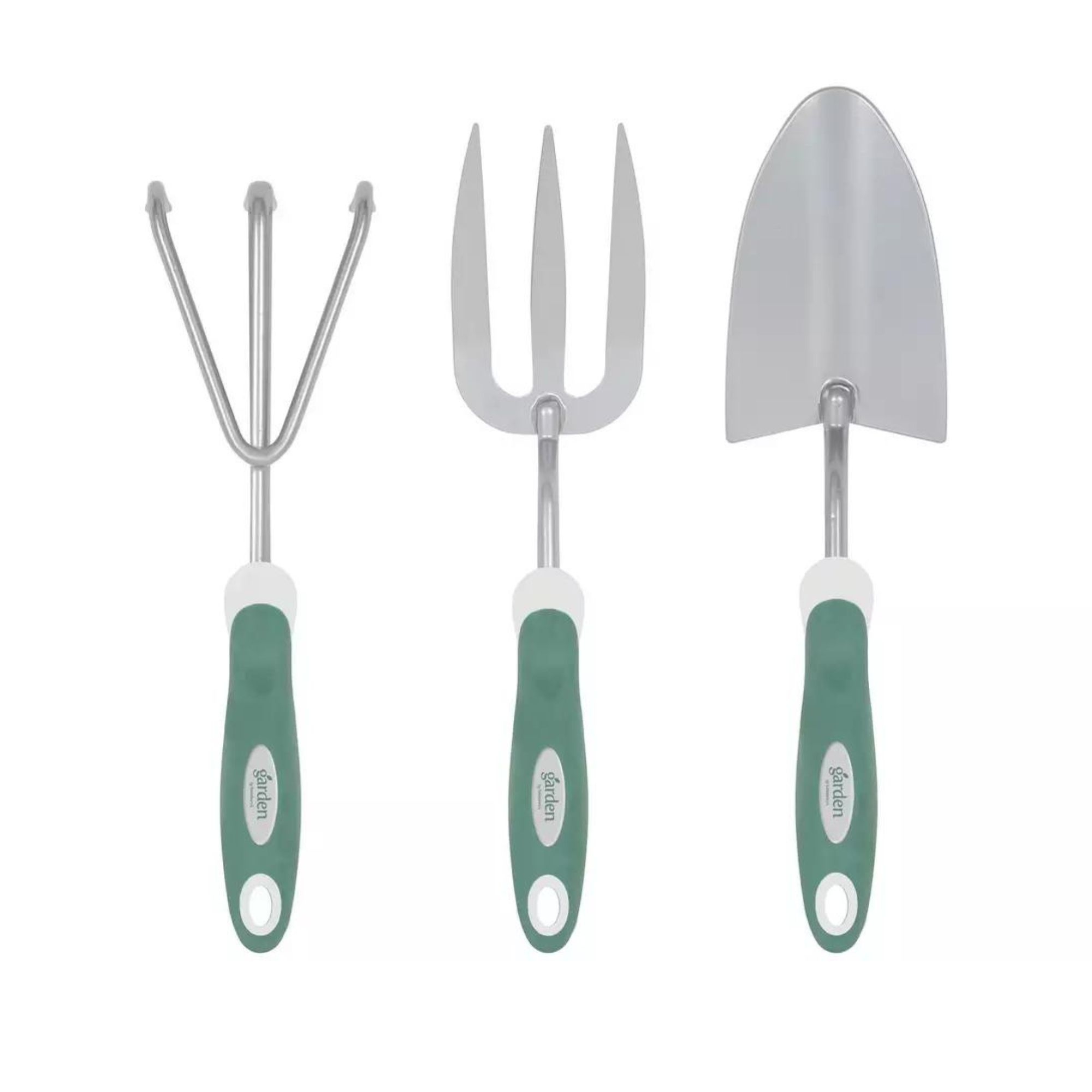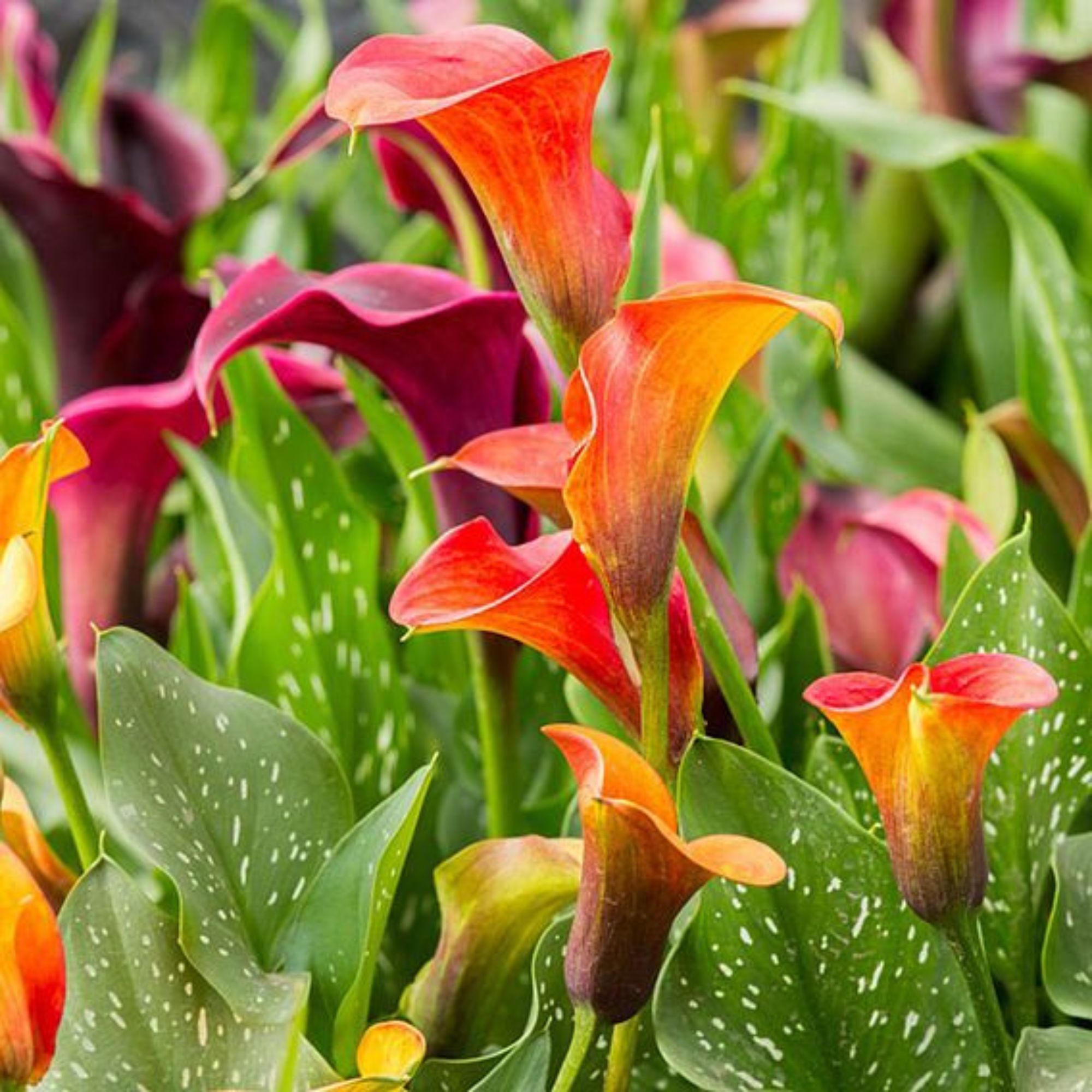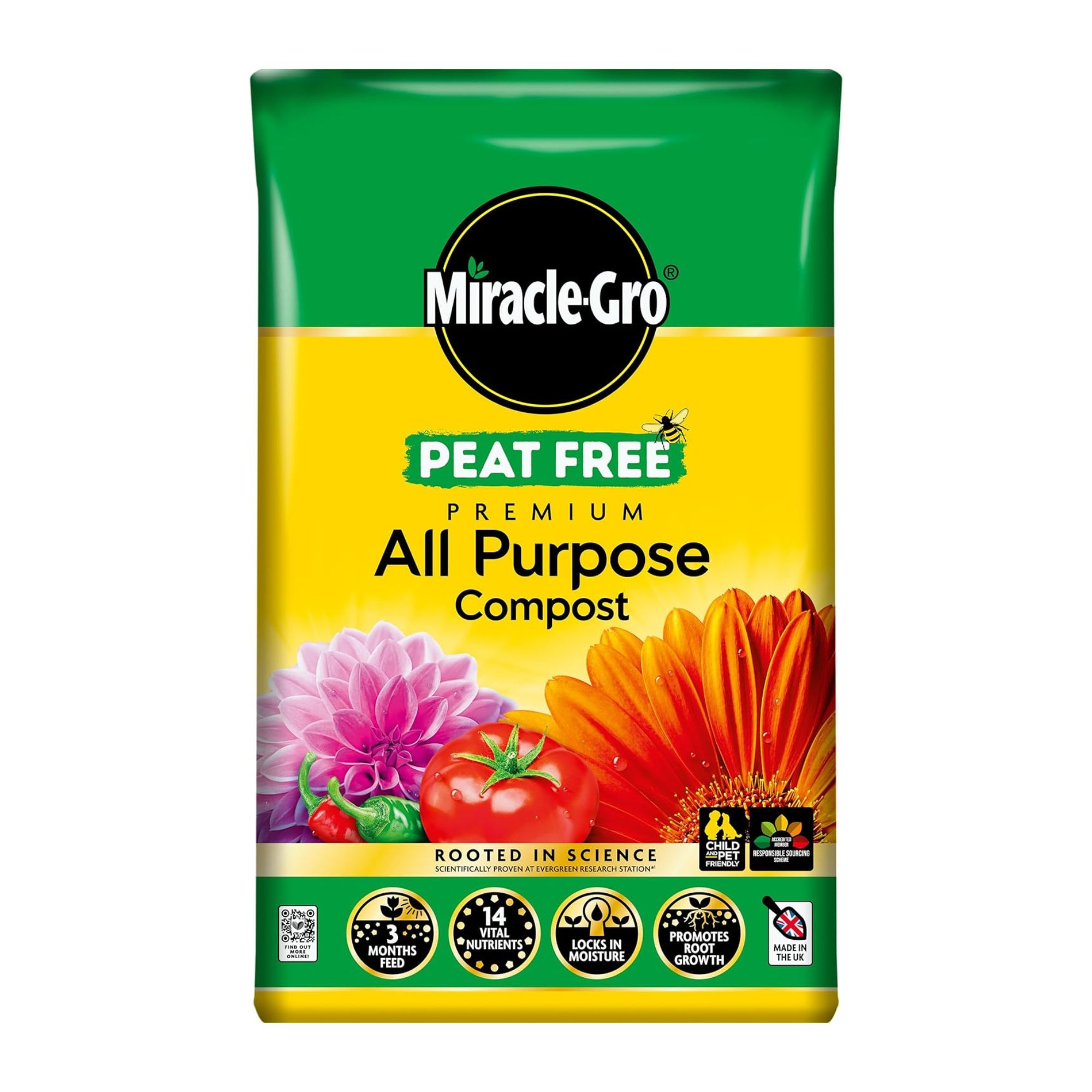When to plant Calla Lily bulbs - Experts urge gardeners to wait for the perfect moment to plant these ‘sensitive’ tropical plants
Timing is everything when planting Calla Lilies
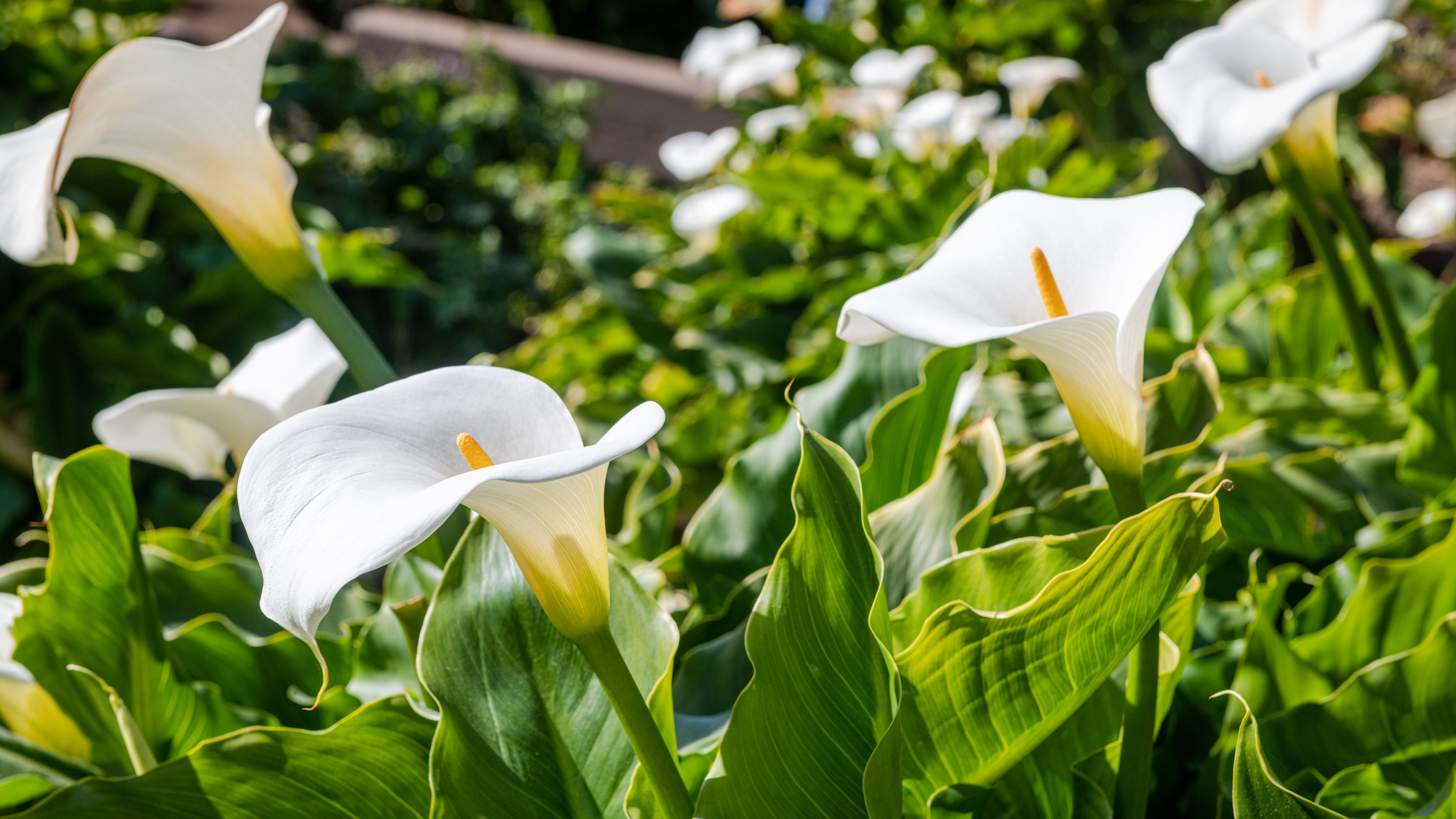

You probably don’t need us to tell you that calla lilies are some of the most beautiful flowers in the world. And while these stunning tropical blooms flower between June and July, it’s essential to know when to plant calla lily bulbs if you want to add these large, fluted flowers to your garden.
Yes, if your dream garden idea involves the glossy foliage and exotic blooms of calla lilies, we really don’t blame you. Available in a variety of colours (no, not just white!), calla lilies are a real showstopper. They’re also very versatile and can either be grown in your garden borders or as part of your container garden. Plus, they're one of the best flood-proof plants out there.
But while calla lilies look big and strong while they’re in full bloom, these tropical plants are actually extremely sensitive. This means that you need to time your planting exploits perfectly, and we’ve got the low-down on the exact time you should plant calla lily bulbs.
When to plant calla lily bulbs
If you’re wondering when to plant calla lily bulbs, you should first know that you don’t technically plant calla lily bulbs. Instead, you plant calla lily rhizomes (essentially dormant underground stems), which are very similar to bulbs.
Because you buy the rhizomes while they’re dormant, you can typically only buy calla lily bulbs during the winter months, and you should then plant them in the spring. Ideally, you want to wait until the last of the frost to plant your calla lily bulbs, as these plants are incredibly tender.
This is echoed by John Clifford, garden expert at Gardenstone, who explains, ‘The best time to plant calla lily bulbs is in spring, after the last frost and once the ground has warmed up a bit. This will likely be any time around March/April.’
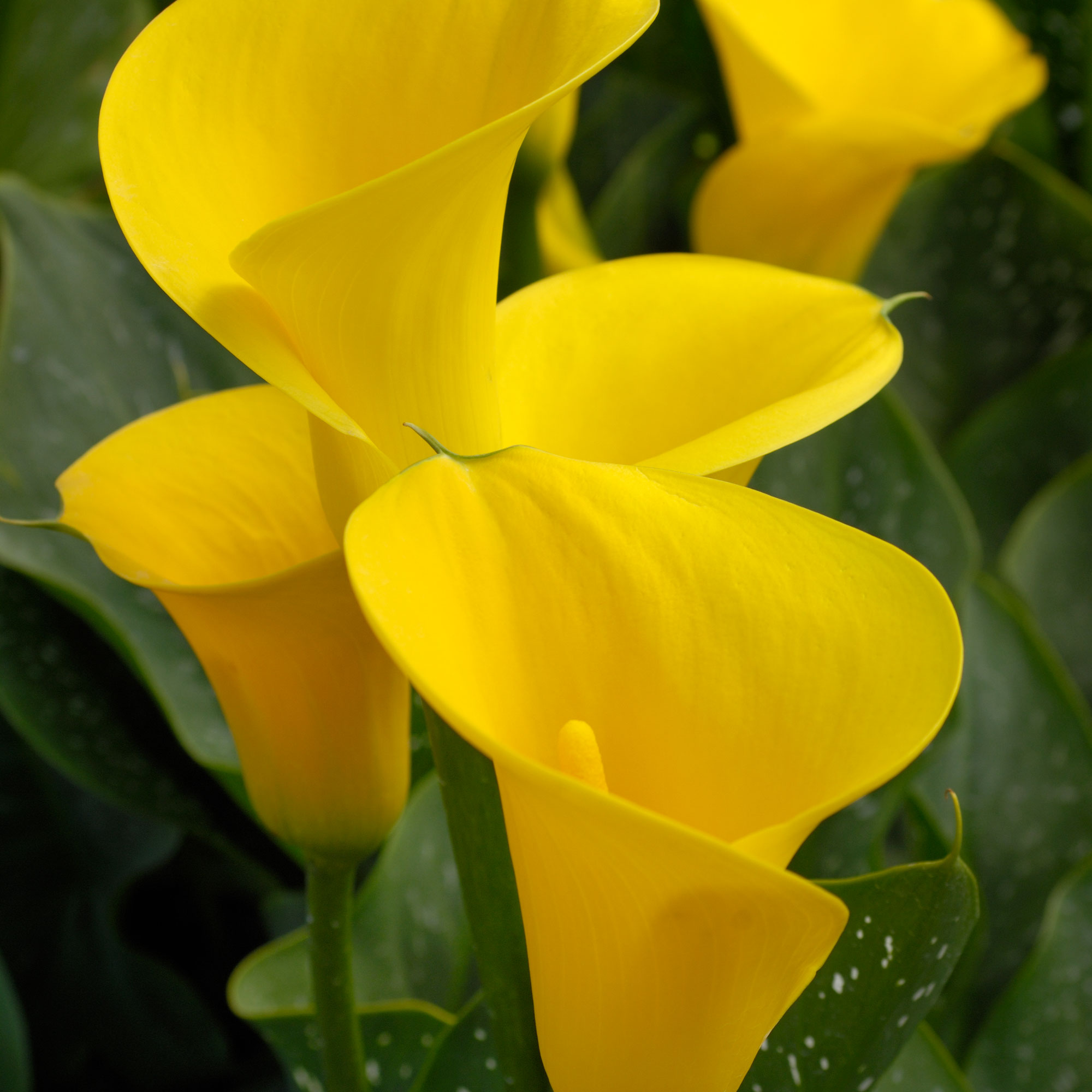
‘This is because calla lilies won't survive cold weather and frosts, and planting them during this time allows them to establish themselves before the summer, meaning they'll be able to bloom successfully.’
Sign up to our newsletter for style inspiration, real homes, project and garden advice and shopping know-how
Because of this, it’s a good idea to add calla lily bulbs to your list of things to plant in April, as you want to make sure that they’re good and ready to bloom between June and July. During this time, you can either choose to start them off indoors (say, in a greenhouse or cold frame) or plant them directly outside in bright but indirect sunlight.
If you choose to plant your calla lily rhizomes outside, however, consider planting them in free-draining soil in a raised bed - and plant each rhizome around 30cm apart. Alternatively, you can grow calla lilies in pots if you give them enough space. The general rule of thumb is to plant one calla lily bulb in a 20cm pot or three bulbs in a 40cm pot.

John also adds, ‘It's also good to wait until the weather warms up a bit because calla lilies are tropical plants. They thrive in well-draining soil and partial shade and are quite sensitive to cold temperatures.’
It’s this tropical heritage that also impacts what you do with calla lily bulbs after flowering. According to John, ‘After calla lilies have finished flowering and have died back, it's recommended to dig them up and take their bulbs out of the ground in order to keep them away from the frost and cold of winter. You can then re-plant them in spring once it's warmer again.’

John Clifford is a director of Gardenstone, a leading garden landscaping retailer based in the UK. With over 30 years in the gardening industry and continual work alongside The National Trust, John has amassed an extensive range of gardening and planting knowledge. Alongside his younger son, John has built a strong reputation for Gardenstone as a trusted source for both high-quality garden products and expert gardening advice.
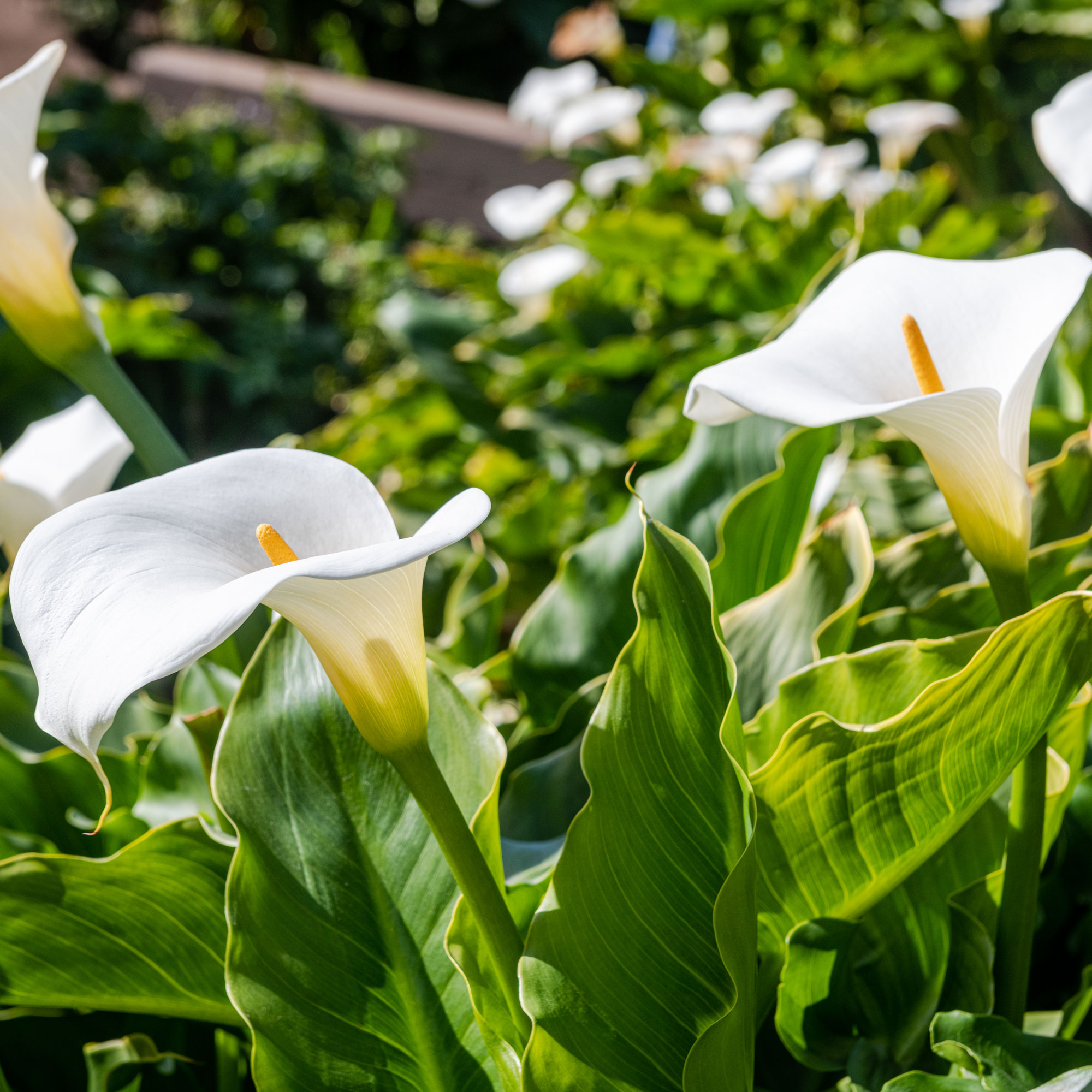
What you’ll need
FAQs
Do calla lilies come back every year?
In theory, perennial calla lilies will come back every year. However, calla lilies are tropical plants that thrive in warm conditions - which means that they often struggle to survive the harsher, colder winter months.
If you want to ensure that your calla lilies come back next year, experts would advise lifting up the bulbs and storing them over the winter, before replanting again in the spring.
Do calla lilies grow better in pots or in the ground?
Calla lilies grow well in both the ground and in pots, so it depends on your needs and requirements. Just remember that calla lilies thrive in partial shade and free-draining soil, so it’s essential that you choose the right location.
They also need enough space to grow, which is something to consider when growing calla lilies in pots. Overcrowding can stunt the growth of these plants, so make sure you space them out.
An advantage of growing calla lilies in the ground is that you can give them this space, but an advantage of growing calla lilies in pots is that you can move them around to ensure they’re getting enough sunlight.
How long does it take to grow calla lilies from bulbs?
After planting calla lily bulbs (rhizomes) in the spring, it typically takes two weeks to see the first signs of growth. Then, you can expect to see flowers after around 12-16 weeks. However, the exact timeframe depends on the location of your bulbs, where you live, and the cultivar of calla lily you chose.
Most calla lilies will bloom between June and July, so it’s essential to plant the rhizomes in the spring to give them the best chance of success.
Unfortunately, now you know when to plant calla lilies, you’ll have to be patient and wait until next year to deck your garden out with these tropical blooms.

Lauren Bradbury has been the Content Editor for the House Manual section since January 2025 but worked with the team as a freelancer for a year and a half before that. She graduated with a Bachelor’s degree in English and Creative Writing from the University of Chichester in 2016. Then, she dipped her toe into the world of content writing, primarily focusing on home content. After years of agency work, she decided to take the plunge and become a full-time freelancer for online publications, including Real Homes and Ideal Home, before taking on this permanent role. Now, she spends her days searching for the best decluttering and cleaning hacks and creating handy how-to guides for homeowners and renters alike, as well as testing vacuums as part of her role as the Ideal Home Certified Expert in Training on Vacuums, having spent over 110 hours testing different vacuum models to date!
